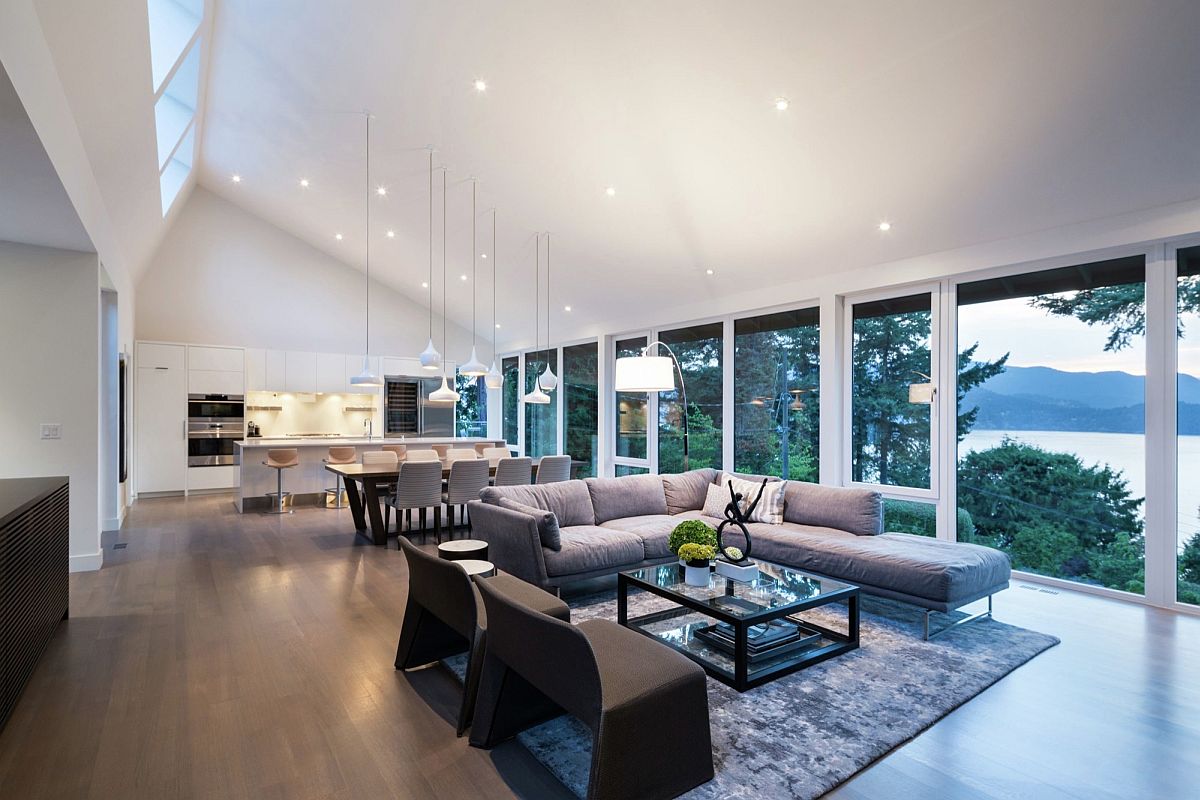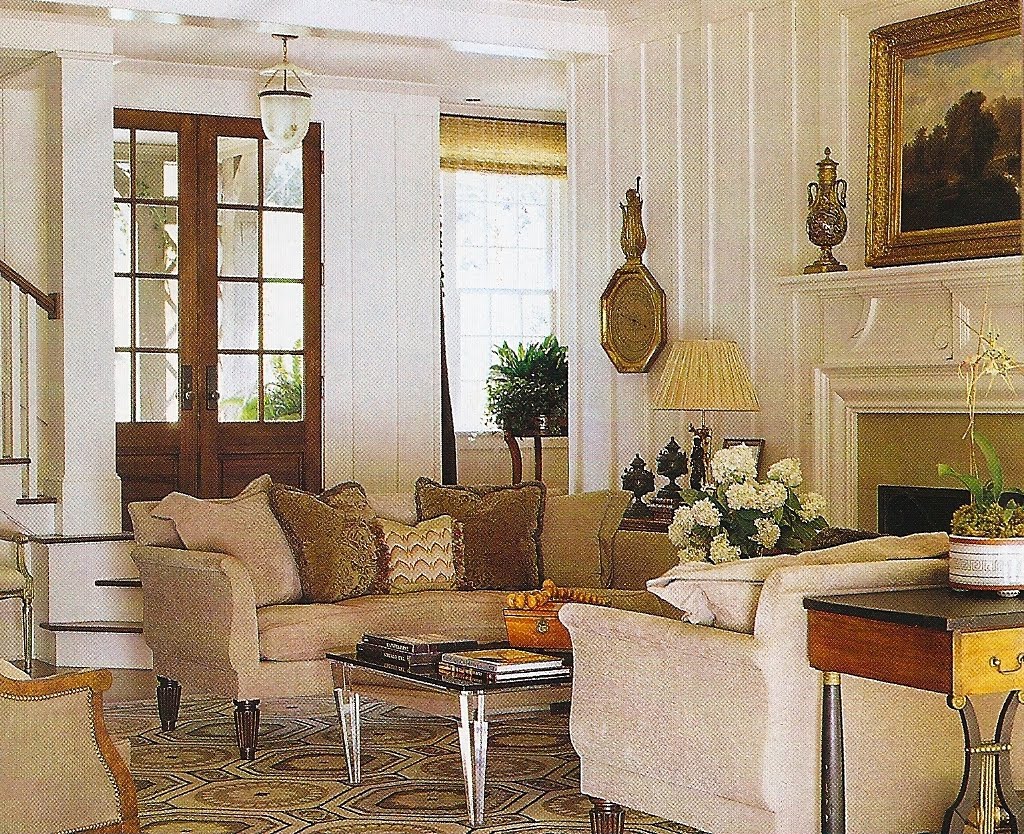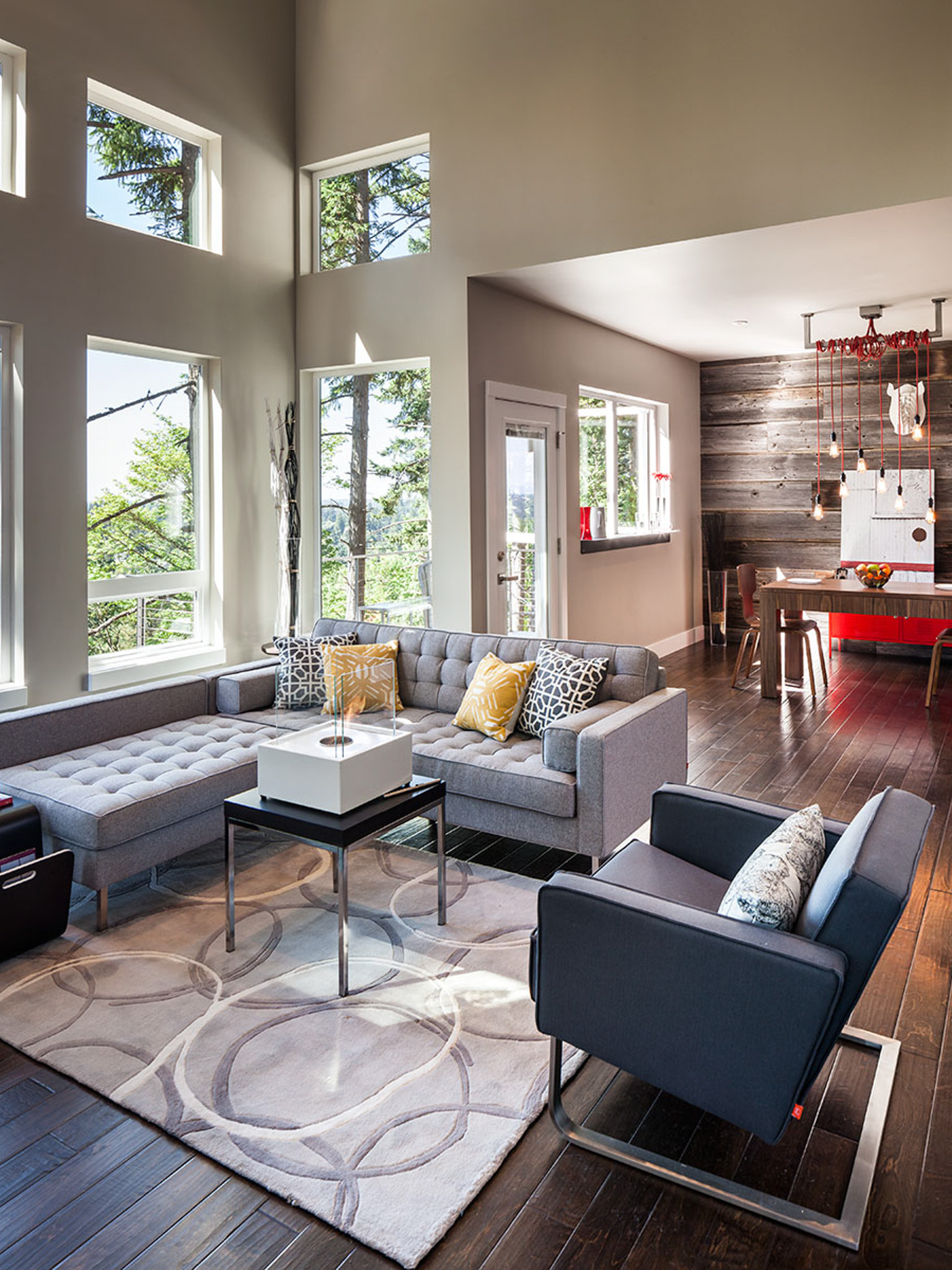


Social comparison plays a big role in the McMansion phenomenon. “It was very hard to separate society’s and friends’ views about where people should live and what achievement looks like,” she said. One new small-home owner-occuper interviewed for a recent study on housing expectations in the UK said that she felt judged by people for choosing to remain in her one-bedroom tenement flat. Even if a person’s living space is large enough to meet their basic needs, they may still feel a stigma (or pride) if it is smaller (or larger) than that of their neighbours, friends or family. Houses are what economists call positional goods: they determine our social status by effectively exhibiting our wealth and tastes. Because of this diversity, a small living space will not affect all people to the same degree. In a study published in the early 1990s, the ethnographer Ellen J Pader recorded one Mexican immigrant saying, “I see so many Americans living on their own and I think how lonely they must be”. This can lead to interesting discrepancies when cultures collide. Different people and different societies use – and understand – living space in different ways. There is no universal relationship between size of living space and subjective wellbeing. PH PHOTOGRAPH | Shutterstock Space expectations Living space is at a premium in Hong Kong. On a societal level, meanwhile, spatial inequality is both a product of, and further compounds, socioeconomic disadvantage. Instead, they are informed by the space they are used to and the space of those around them. As I have found, on an individual level, people’s expectations of how much living space they find adequate are not innate. Research shows that these trends have significant implications for people’s personal and collective wellbeing. In UK, this has resulted in increased living-space inequality Consequently, renters and new homeowners have been forced to occupy ever smaller and more expensive spaces, even as existing home-owners have seen their housing wealth multiply, their living spaces expand and their property portfolios grow.

Over the past 20 years, the average private renter in Britain has seen their individual living space decrease from 31 sq metres in 1996 to 25 sq metres, as more and more people are forced to reside in shared accommodation.Īs advanced economies have become centred around urban growth, housing supply has failed to respond and the price of land has skyrocketed. Such stories are exotic fodder for the British press, but in the UK too, tiny living spaces are on the rise. An estimated 200,000 people in Hong Kong live in what are called “ coffin homes” – subdivided units so small that a person cannot even fully stretch out their legs. In cities around the world, tiny living spaces are becoming increasingly common.


 0 kommentar(er)
0 kommentar(er)
